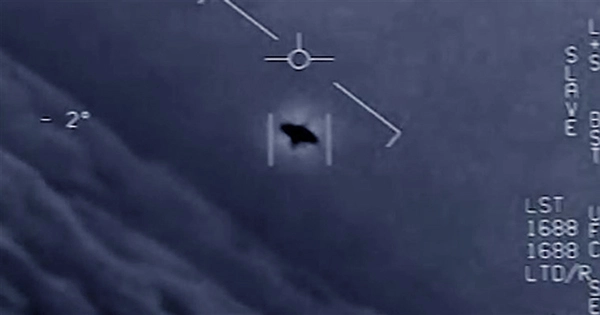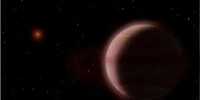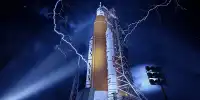Unidentified Flying Objects (UFOs), also known as Unidentified Aerial Phenomena, were the subject of a study produced by the US Office of the Director of National Intelligence last year (UAPs). The much-anticipated study revealed a lot of fascinating details, including the fact that just one of the 144 UFO sightings recorded by military personnel during the previous 17 years has been explained, and that the military has acknowledged its interest in and investigation of UFOs.
However, the report’s conclusion that “the low volume of high-quality information on unexplained aerial phenomenon restricts our ability to make definite conclusions regarding the nature or aim of UAP” proved unsatisfactory for anybody searching for intriguing answers for UFOs. The one occurrence for which they did uncover an explanation was a deflated balloon.
During the release of these papers, however, members of Congress were provided a classified report that was not available to the public. The secret report is not so much classified as it is available as a PDF, due to the commitment of UFO website The Black Vault. A few more tempting insights into the types of situations they’re looking into may be found in the redacted files.
“UAP apparently looked to have odd flying characteristics in a small number of accidents, including those in which the [redacted] involved [redacted],” one vexing clip says. “These observations might be the consequence of sensor faults, spoofing, or observer misinterpretation, necessitating more thorough investigation.” Another section states that UAP sightings come in “many varieties,” each with its own look and explanation. They do, however, classify UAP occurrences as “airborne clutter, natural atmospheric phenomena, USG or US industry developmental projects, foreign adversary systems, and a catchall ‘other’ bin” after they are addressed.
The incomplete archives show that the majority of the military reports came in the previous two years, not because of an extraterrestrial invasion, but because of an improved reporting system. “Reputational risk may keep many witnesses mute, hampering scientific research of the issue,” they write, acknowledging that some are scared to come forward with information regarding UAPs.
Some UFO sightings were described, albeit many of them were heavily censored. “Some UAP appeared to remain stationary in winds aloft, move against the wind, maneuver abruptly, or move at considerable speed without discernible means of propulsion,” according to one report, which also includes a description of a UAP that appeared unaffected by winds so strong that a pilot had to “fight to keep his aircraft in the airspace.”
The study affirms that the military would continue to investigate UAPs, especially if they are regarded a national security threat. They noted in the paper, “We presently lack data to assess if any UAP are part of a foreign collection effort or indicative of a major technological development by a prospective opponent.” “Given the counterintelligence danger that such programs would provide, we continue to watch for indications of such programs, particularly as some UAP have been identified near military locations or by planes carrying the USG’s most modern sensor systems.”
















